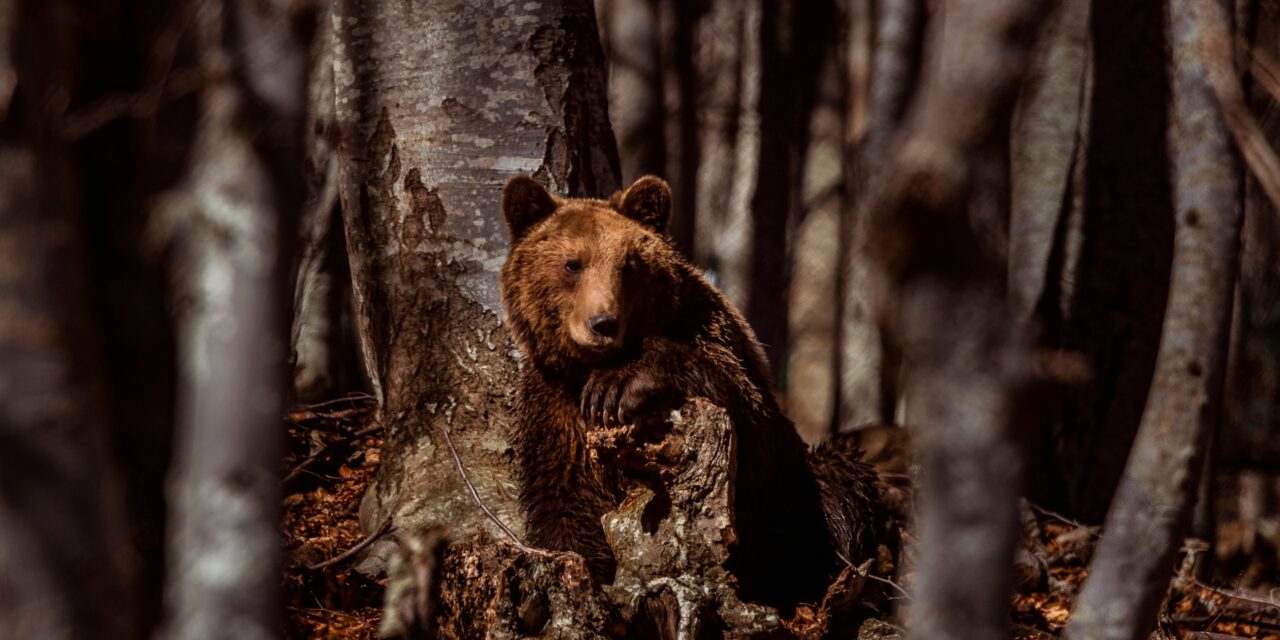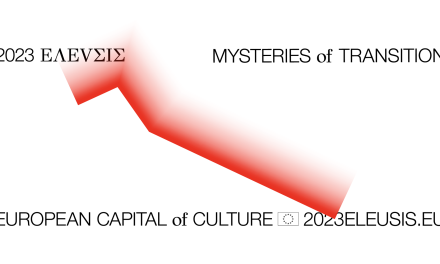ARCTUROS, one of the most recognizable Greek environmental NGOs, was founded in 1992 with a focus on the protection of wildlife fauna and its natural habitat; specifically on the preservation of the large wild carnivores that live in the Greek countryside, such as the bear and the wolf. The foundation of ARCTUROS was driven by the need to solve the problem of bear and wolf imprisonment, which was a common occurrence at the time. Other animals, such as the chamois, the otter, the deer, the roe deer, the jackal and the lynx, are also protected by ARCTUROS.
Besides the wildlife protection activities of ARCTUROS, priority has been given to scientific research, providing environmental education and raising public awareness on matters such as biodiversity and viability, while applying political pressure for change, based on programs and solutions.
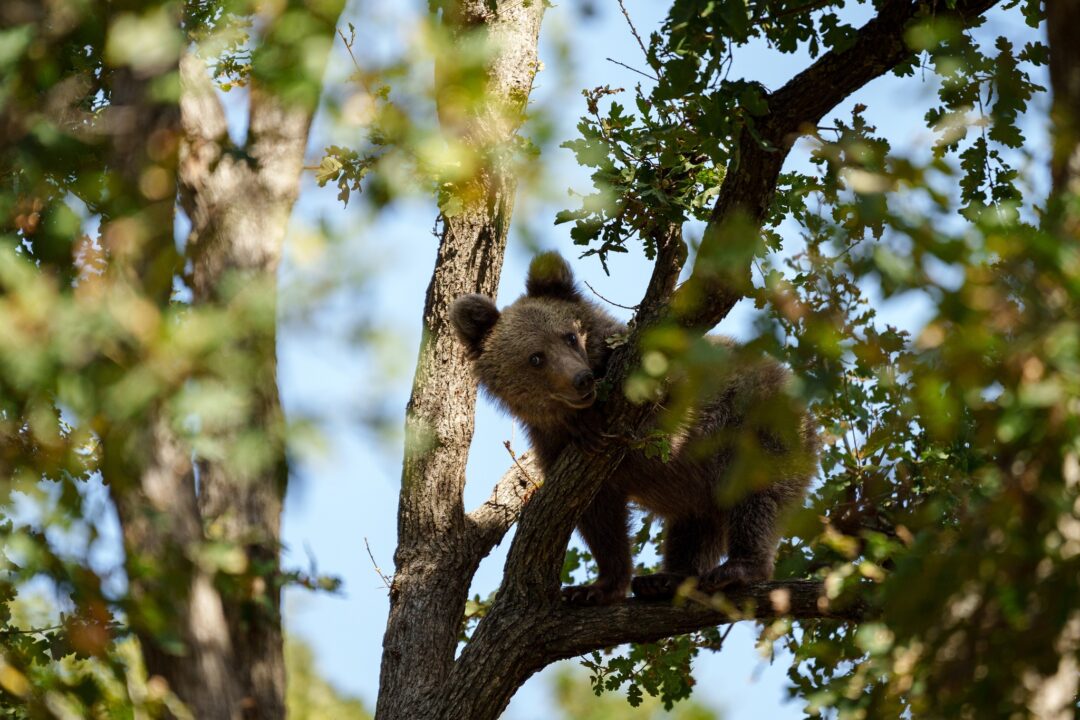
Each year, ARCTUROS develops more activities; one pf the most important is the reproduction and perpetuation of the Greek shepherd dog. Besides the breeding program, the shepherd dogs are also distributed free of charge to farmers of the mountain country, contributing thus in the harmonious co-existence of humans and wildlife.
A timeline of ARCTUROS’ contributions
Since its inception in 1992 and for the past 23 years ARCTUROS has achieved significant milestones in safeguarding the welfare of animals and promoting environmental awareness.
In 1997, it played a pivotal role in bringing an end to the cruel practice of dancing bears, demonstrating a commitment to animal welfare. In the same year, the organization actively contributed to the prohibition of the use of animals by circuses in Greece.
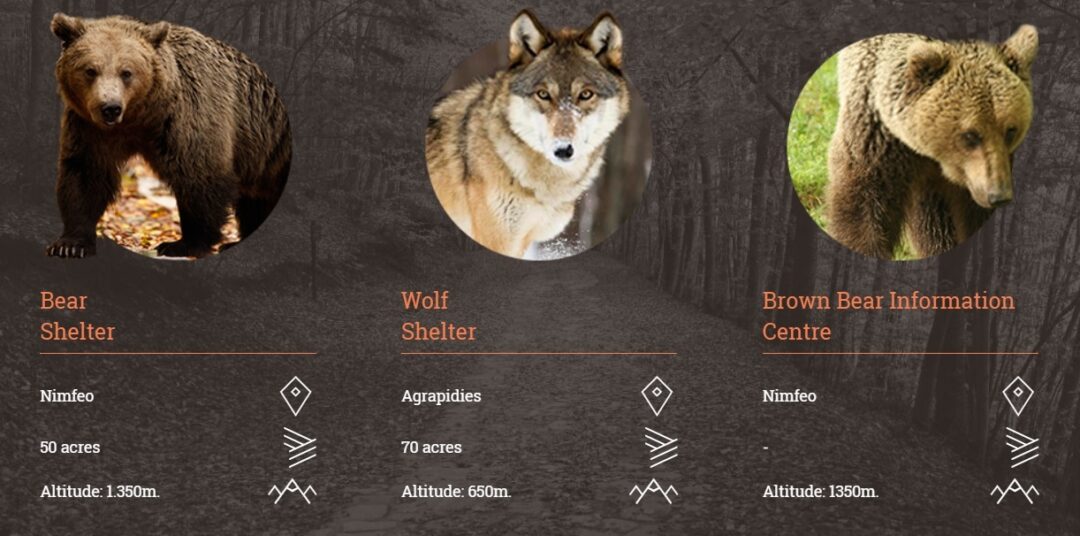
In 1993, the organization initiated and managed special wildlife sanctuaries, dedicated to former captive bears and wolves. These sanctuaries, located in the areas of Nymfaio and Agrapidia at the municipality Florina, serve as havens for these animals, promoting their well-being and rehabilitation.
ARCTUROS also operates information centers for the public, providing valuable resources and knowledge on wildlife conservation. The organization has actively participated in the Mediterranean program against the use of illegal and poisonous baits, addressing threats to wildlife in the region.
As part of its commitment to mitigating human-wildlife conflicts, ARCTUROS bred and donated Greek shepherd dogs to stock-breeders. This initiative aims to assist them in managing potential damages caused by bears or wolves in a more organic and effective manner.
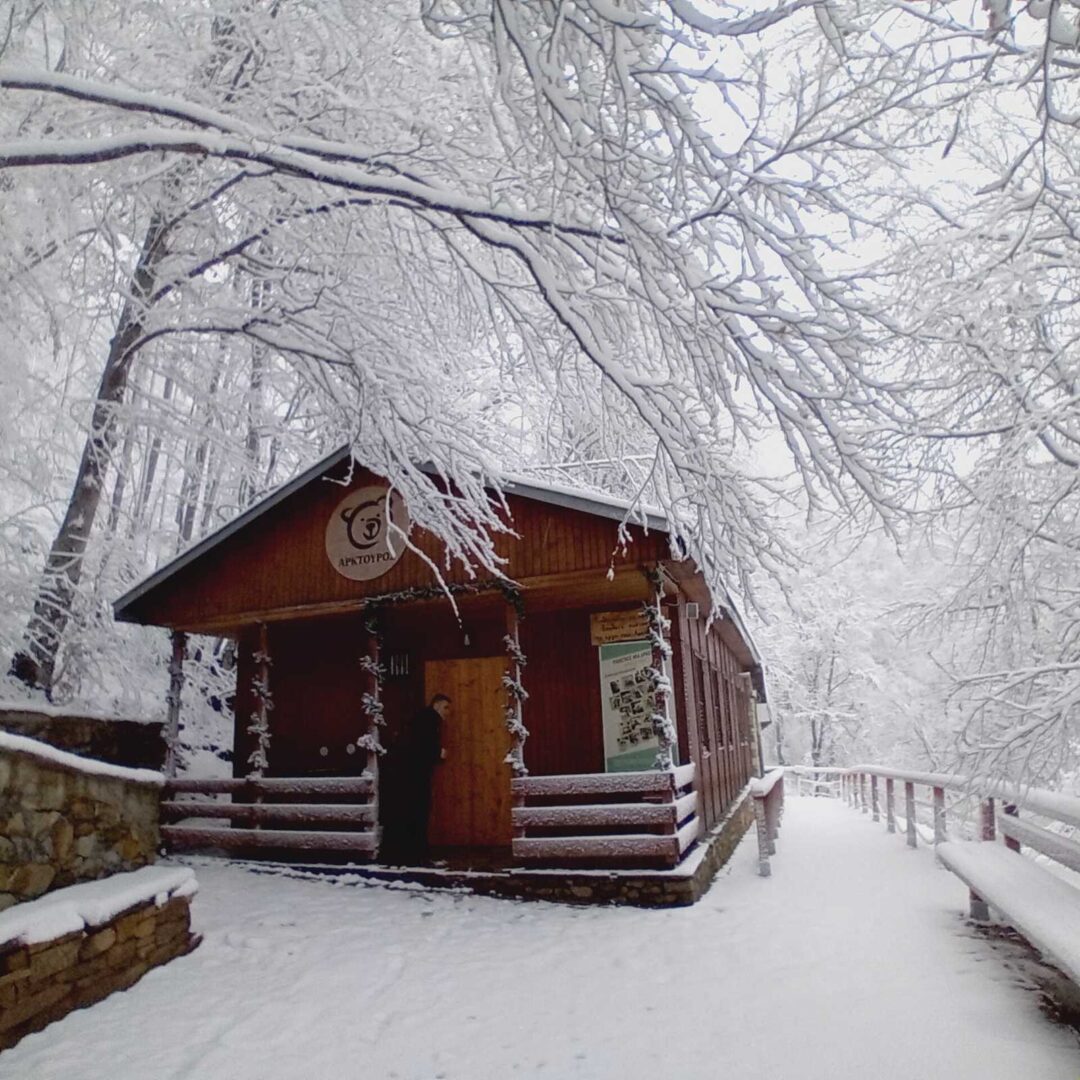
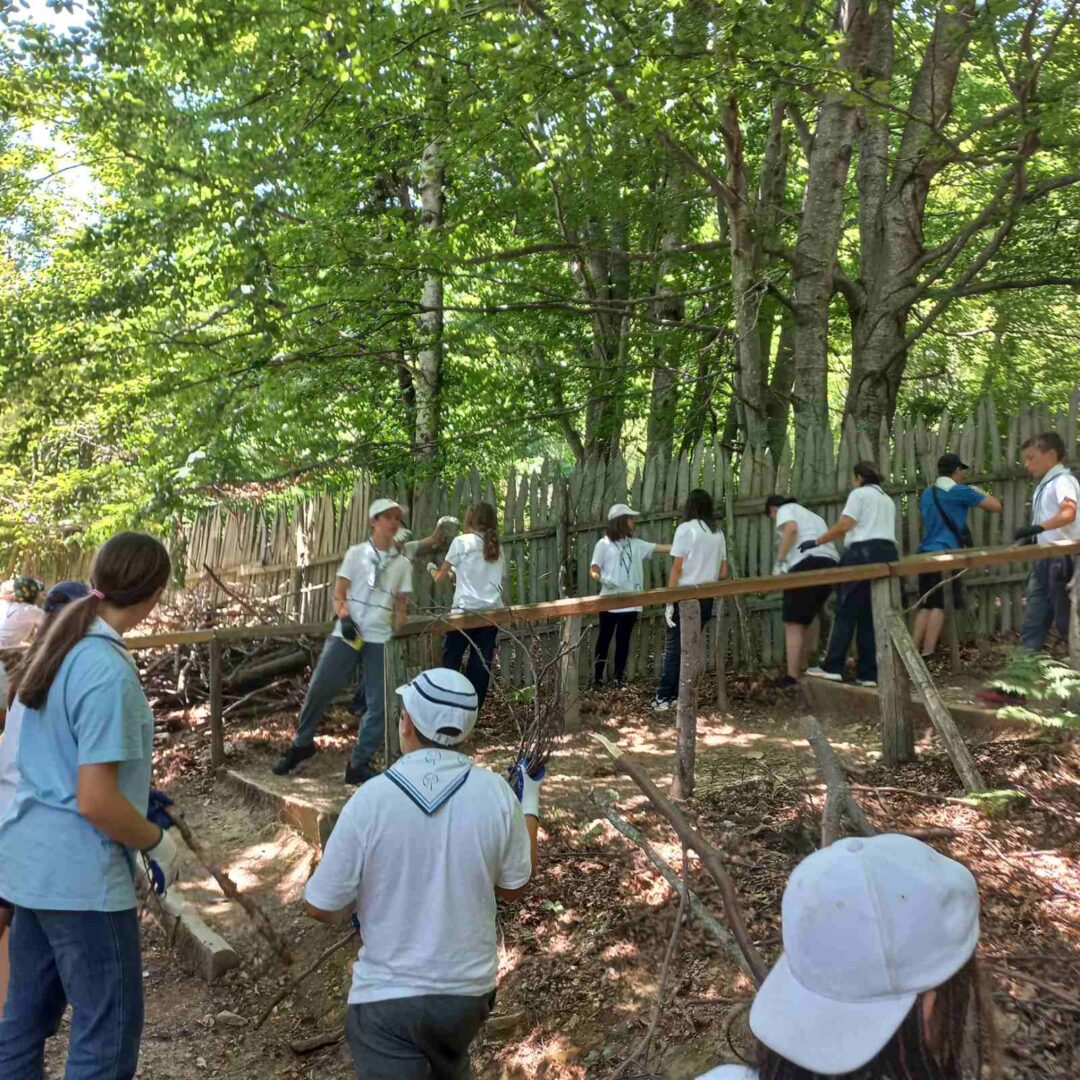
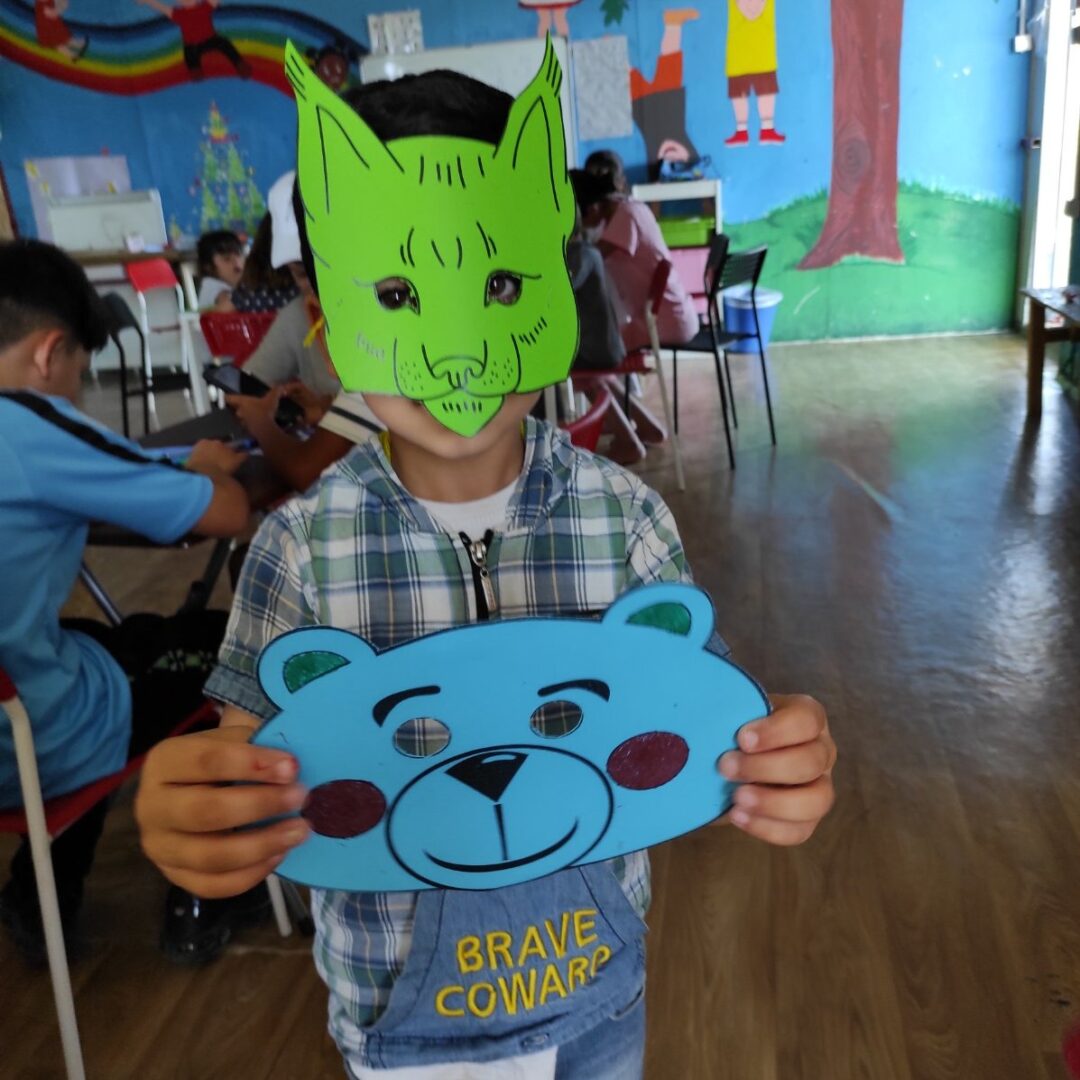
In 2005, ARCTUROS established and maintains the National Bear Register, a groundbreaking initiative that collects bear DNA samples (hair) through specially designed traps placed on utility poles. This register contributes to the monitoring and conservation efforts for bear populations.
The NGO actively intervenes in highway alignment design and other types of construction projects that may have a negative environmental impact. The organization has also undertaken reforestation projects, upgrading bald woodland areas with the planting of 150,000 trees to date.
ARCTUROS n boasts a dedicated wildlife protection emergency crew, ready to respond to urgent conservation needs. Furthermore, it has played a role in opening and revitalizing mountain trails, promoting sustainable and responsible outdoor recreation.
A highlight of ARCTUROS’ global impact was hosting the 23rd International Conference on Bear Research and Management in 2014. This conference, the most significant in the field, was held for the first time in Greece and the Southeast Mediterranean, showcasing ARCTUROS’ leadership in wildlife research and conservation.
Species Protected by ARCTUROS
Wolf
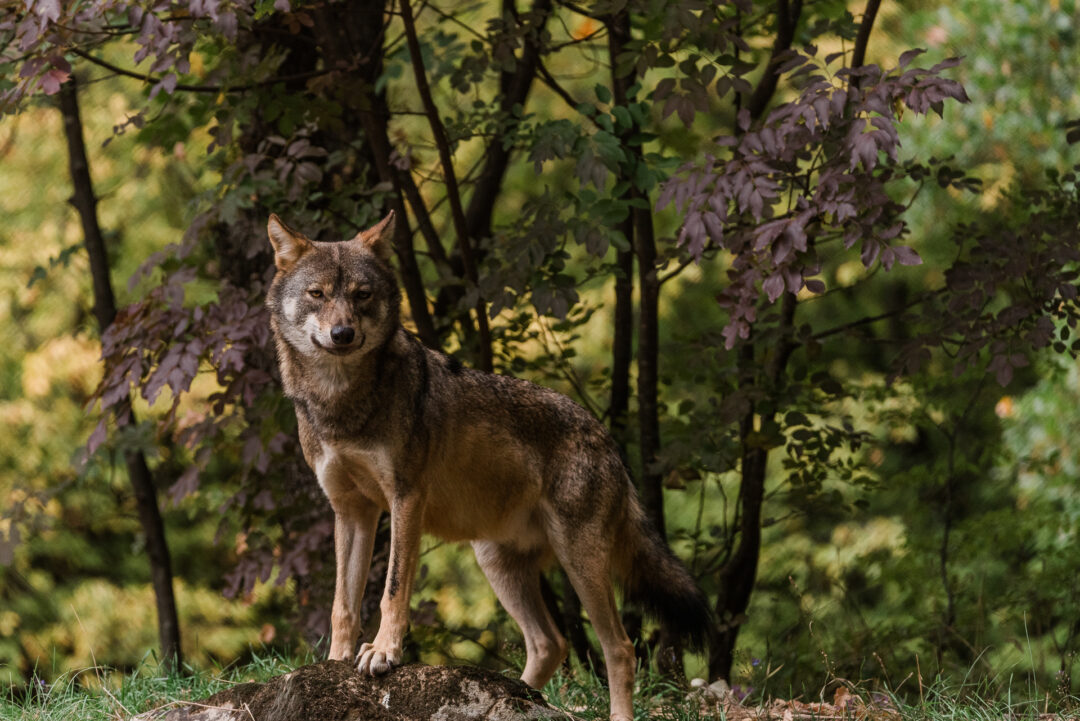
The wolf used to be the mammal with the biggest geographical distribution on the planet, covering nearly the whole of the northern hemisphere. Today, because of systematic hunting practices, a small population of would can be found in Portugal, Spain, Italy, the Scandinavian countries and eastern Europe. It has recently reappeared in France, Switzerland and Germany. In Greece, its distribution covers almost all of the country’s mainland north of the area of Boeotia. It is estimated that there are 700 wolves in many small packs with no contact with one another, their presence being the strongest in areas with nomadic stock raising or areas with big mountain ranges without intense human activity.
Livestock depredation because of the decline of the wolf’s natural prey population (deer, roe, wild boar) combined with the expansion of human activity even in the almost inaccessible, secluded areas (big construction projects, uncontrolled forest road networks, expansion of pastures) and the resulting reduction of forest areas, endanger the wolf’s survival. Despite the strict State laws that are in force since 1991 forbidding their usage, the mangles and poisoned baits are still widespread practices of killing wolves.
Greek Shepherd Dog
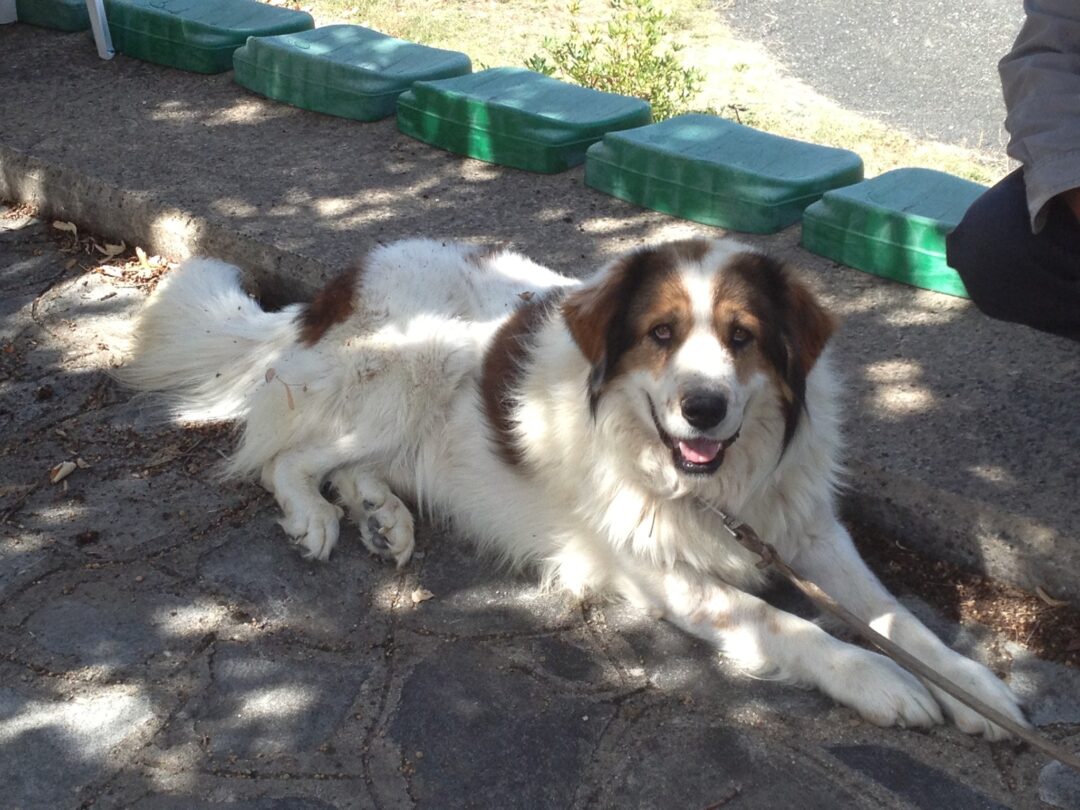
The Greek shepherd dog has been bred in the mountainous regions for centuries, in order to guard the flocks. Its adaption to the harsh conditions of mountainous stock raising have helped it develop characteristics that make it an invaluable guardian, able to face the attacks of large carnivores such as the bear and the wolf. Today, this traditionally Greek dog breed is under danger of extinction due to the reduction of nomadic pastoralism and the uncontrolled interbreeding that has altered its characteristics. It is estimated that less than 3.000 purebred Greek shepherd dogs have remained. In an effort to preserve the breed, ARCTUROS runs the Greek Shepherd Dog Breeding Program since 1998.
The greatest threat to the shepherd dog’s life are poisoned baits.
Bear
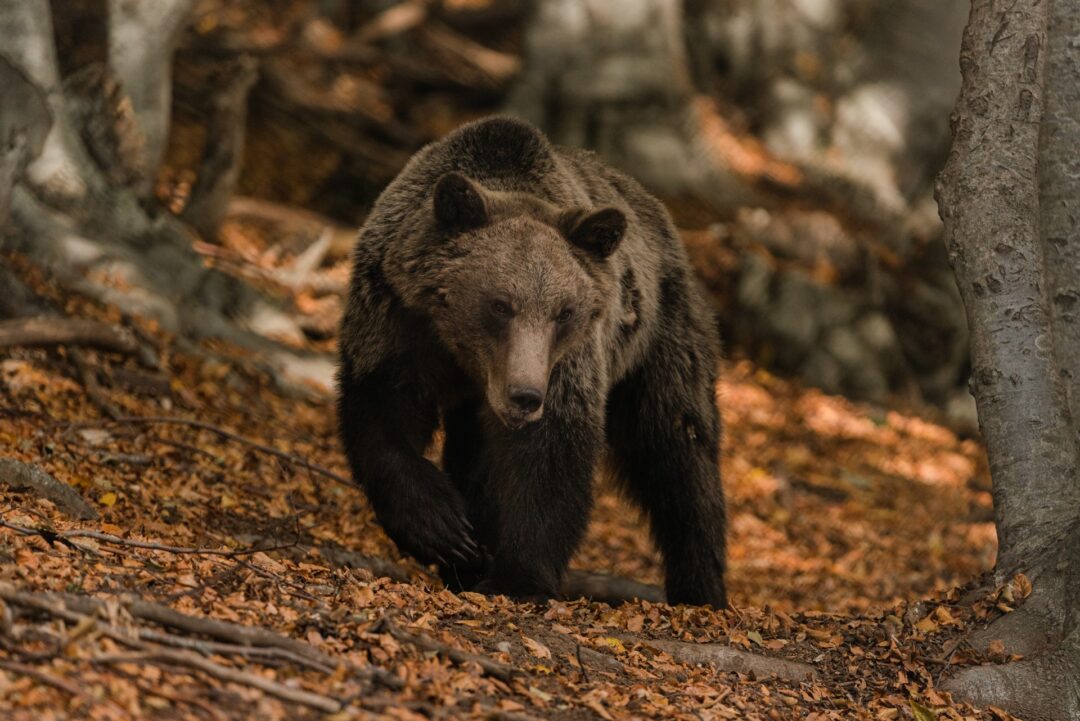
The brown bear has the widest worldwide distribution of all species of bears. Today, bears are only found in northwestern North America, Europe and most of North Asia. In Greece there are an estimated 450 bears living in two independent populations, which are not geographically linked. The largest population lives in the Pindos Mountains, and the other in the Rhodope Mountains. In recent years there has been consistent evidence of the presence of bears in the mountain axis of Vora-Olympos and Central Greece, even down to the mountainous Nafpaktia, an area where there have been no sightings in the last 70 years.
The bear faces two types of threats; poaching and the extensive use of poisoned baits which result in the death of the animal, and fragmentation and loss of habitat via human intervention i.e the construction of large road projects, indiscriminate opening of forest roads, illegal logging, fires, and the installation of wind turbines and dams. Indicative of the problem is that since 2003 more than 50 bears have been killed in road accidents.
Otter
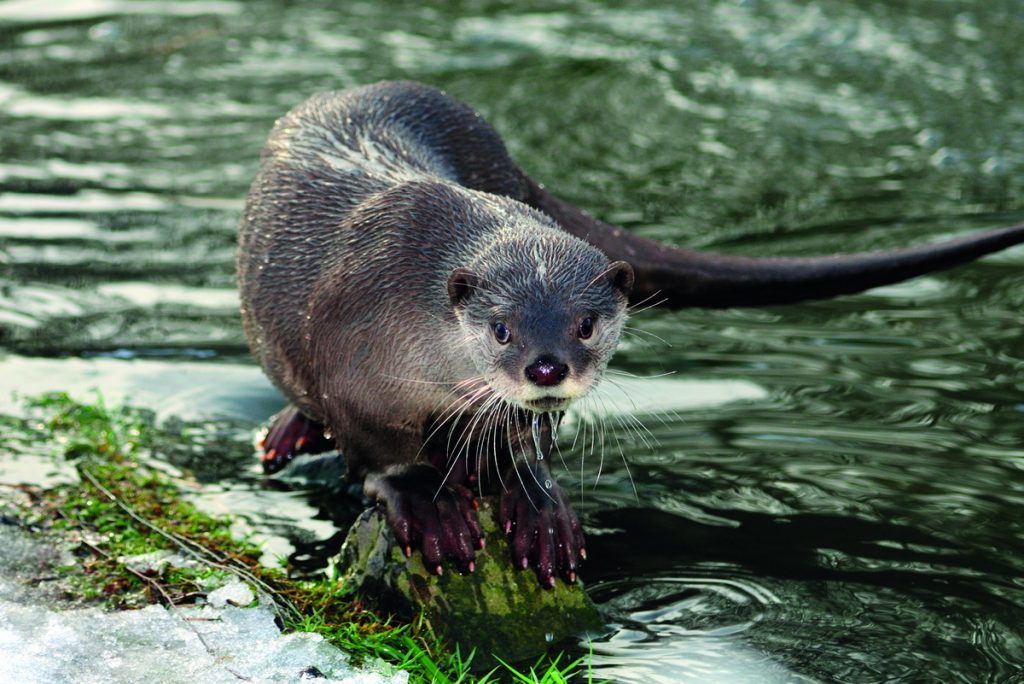
The Eurasian otter is a small animal that lives on the banks of rivers and lakes, and only where the water is very clean. It is considered one of the rarest and most endangered mammals in the continent. It is an important health indicator of mountain water so it is strictly protected by all the countries of the EU. The otter’s diet consists 80% of fish, but also of amphibians, reptiles (water snakes), invertebrates (mostly crabs), birds and small mammals.
According to estimations, in Greece exists one of the densest and greatly expanded otter populations. In central Greece occurs a small splitting of the populations, while some isolated populations appear in the islands of Corfu and Evia.
The major threats in the life of the otter are the pollution of rivers and lakes, wetland drainage and hydroelectric dams, the destruction of riparian vegetation in lakes and rivers and the flooding of its natural habitat by artificial reservoirs in the rivers.
Deer
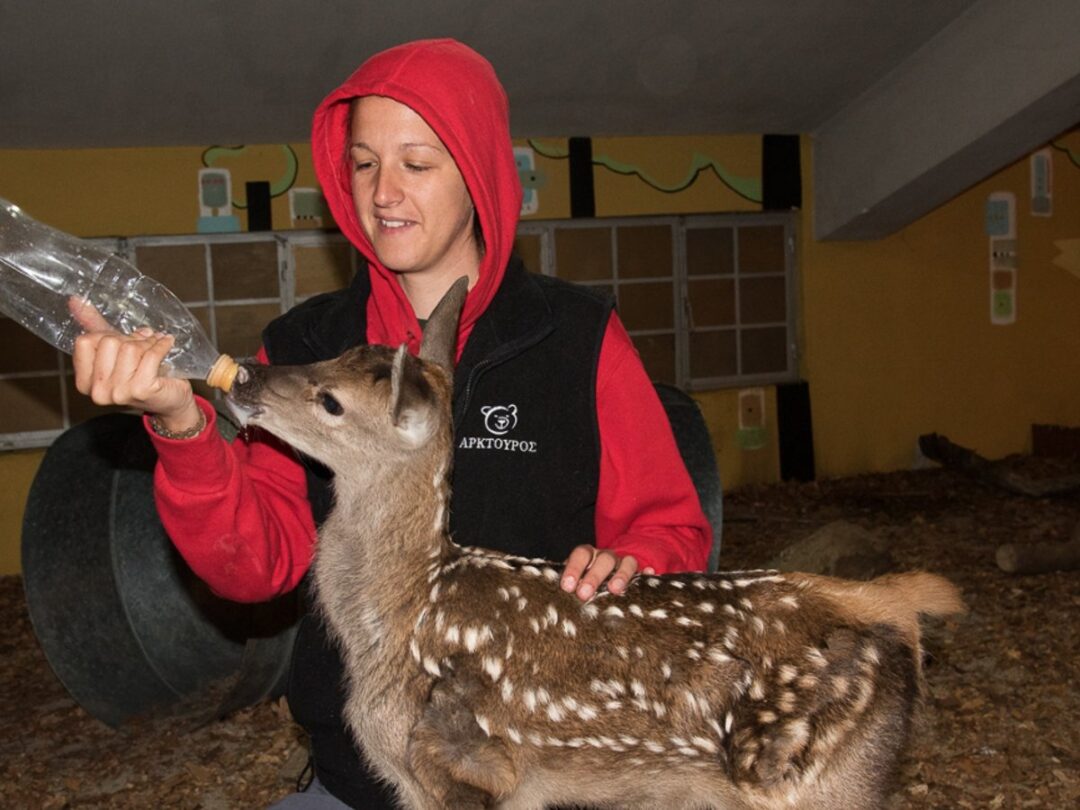
Deer are distributed in almost all of Europe, Northern Africa, most of the mountain ranges of Southern Asia, Siberia, the Far East and Northern America. In Greece, their numbers used to be high throughout the country; unfortunately, today they can only be found in the mountain of Parnitha and in Rhodopi and Epirus in small concentrations. The population of the Red Deer has been reduced so much (about 600 animals remain) that the species is considered to be near extinction and considered as ‘Critically Endangered’ according to the Red Book of Endangered Species in Greece.
Illegal hunting is the most serious threat for the deer, as well he intervention on and degradation of its natural habitat by human activity and wildfires.
Roe Deer
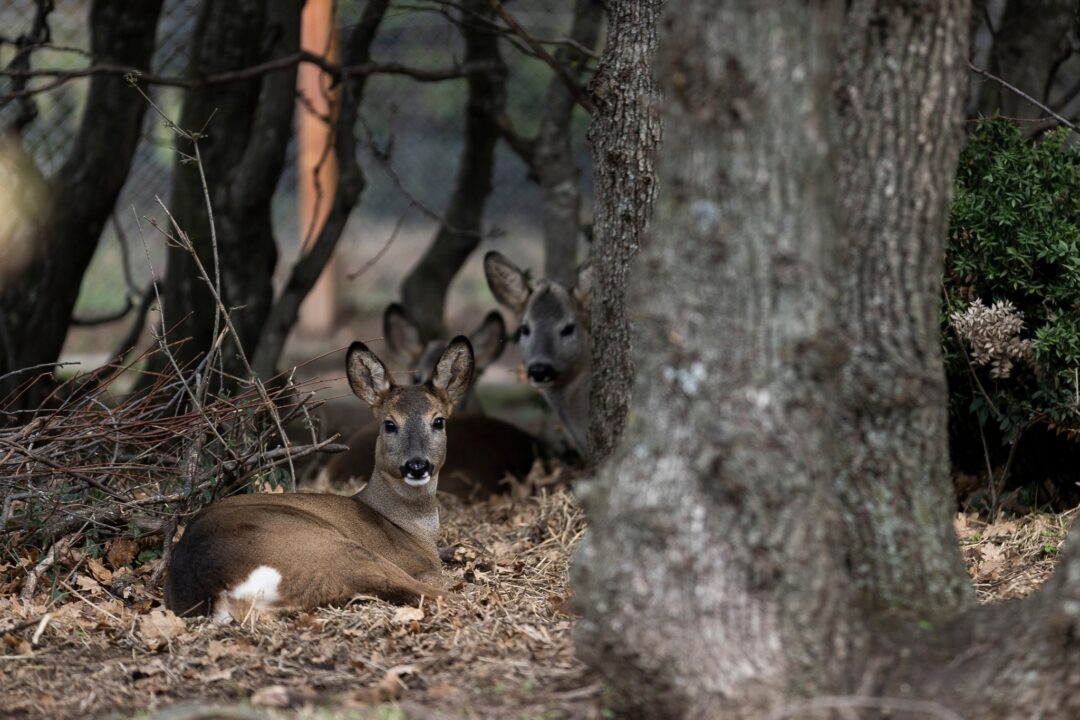
It is the smallest species of deers. It can live in various forest habitats (deciduous or mixed conifer forests) and occurs in big numbers in central and northern Europe. In Greece, only small populations of roe deer have been left at the mountainous regions of the mainland. The species is now characterized as ‘vulnerable’, meaning that if it continues being exterminated it will soon face extinction. Illegal hunting and degradation of its natural habitat due to human activity such as illegal felling are the biggest threats roe deer face.
Lynx
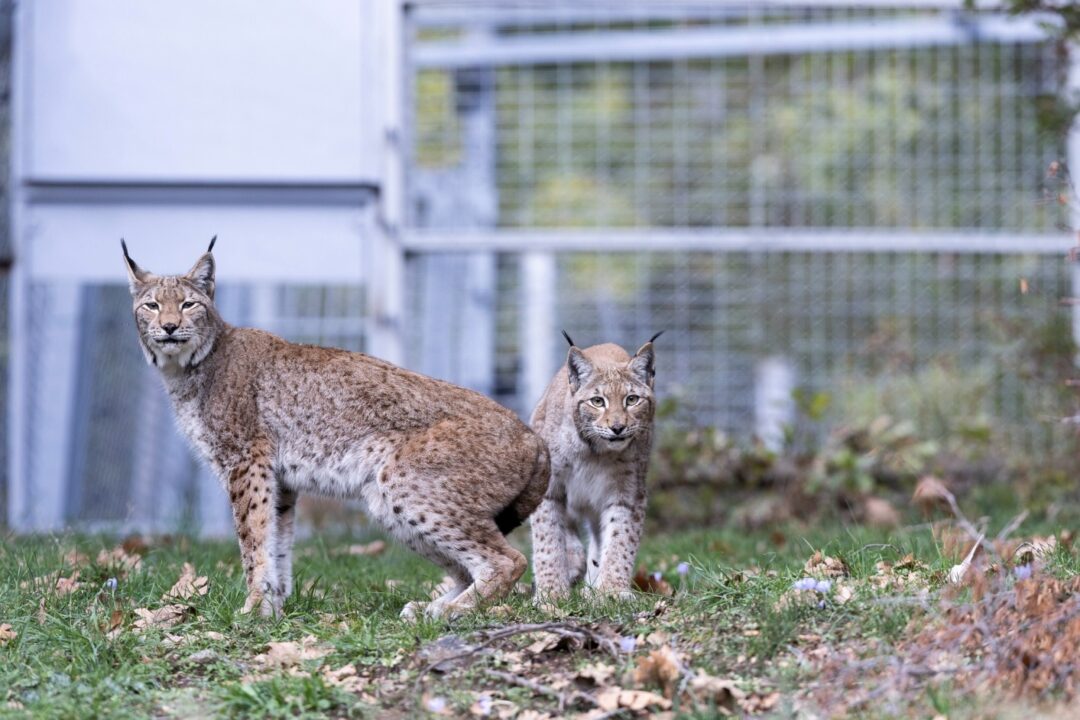
Photo Credits: D. Tosidis/ARCTUROS
Jackal
The Jackal belongs to the canine family and can be found in Europe (mostly the Balkans), in Asia and Africa. It is a small mammal that, despite its ominous reputation, feeds of plants and fruit. In Greece, estimations show that the jackal population does not exceed the number of 1.500 animals.
These are limited to isolated populations in eastern Macedonia and Thrace, Halkidiki, the coastal area of Fokida, Pelo A crucial reason causing the dramatic reduction of the jackal population is hunting.
The jackal is the only medium-sized mammal whose number has suffered such a rapid decline in Greece in the recent years. Other factors contributing to that are the destruction of its natural habitat due to fires and other anthropogenic interventions.
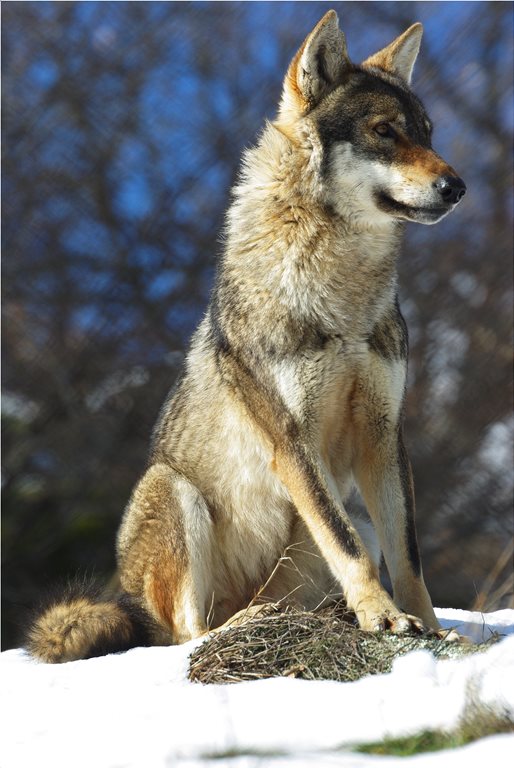
The myth behind the name
Arcturus is the brightest star in the northern constellation of Boötes, its name a Latinised from the ancient Greek Ἀρκτοῦρος (Arcturos) meaning “Guardian of the Bear”, from ἄρκτος (arktos), “bear” and οὖρος (ouros), “watcher, guardian.” Behind the name lies a story from Greek mythology:
Callisto was the daughter of Lycaon, king of Arcadia. She was still a little girl, when she swore eternal loyalty to goddess Artemis (Diana). She took a vow to remain virgin and promised to follow and serve only the goddess, therefore she moved to reside in the woods, hunting wild beasts. Zeus saw her once and fell for her and in order to seduce her, he took the form of Artemis, the goddess she had vowed to serve. By doing so, he managed to sleep with her. The fruit of this love, was a boy named Arcas. Zeus knew that his companion Juno (Hera) would be furious, and would punish Callisto. Thus, he decided to turn Callisto into a bear. She was wandering into the woods for years, in search of her son.
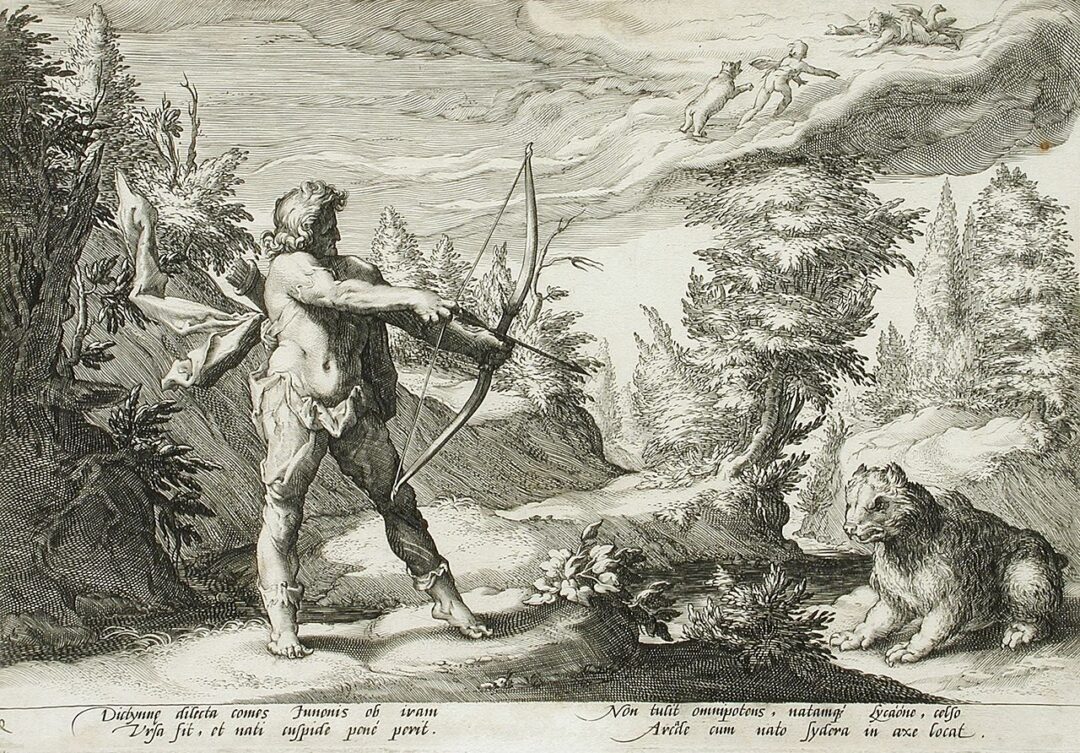
When she finally found him, all grown up, she wanted to hold him in her arms. Not knowing she was his mother, Arcas attempted to kill her. Feeling sorry for them and in order to prevent matricide, Zeus turned both of them into stars, Ursa Major (the Great Bear) and Ursa Minor (the Little Bear), and took them with him into the sky. Angry Juno then requested from Ocean, the river that surrounds the Earth, never to let them wash into his waters. That is why these two stars never set. Finally, Zeus placed a guardian star, ARCTUROS, by their side to protect them from Juno’s jealousy. His name means guardian of the bear, and he is to accompany and protect through eternity.
The Bear Conservation Area and the the Bear Information Center at Nymfaio, as well as the Wolf & Lynx Conservation Area at Agrapidies, Florina can be visited. You can find out more on the ARCTUROS organization and their activities through their Facebook, Instagram and YouTube accounts.
I.L.
TAGS: ENVIRONMENT | GREEK MOUNTAINS | NGOs | WILDLIFE

